The last days of April on the North Norfolk coast should be full of the joys of spring. These days, however, it feels more like February, with a steely gray sky and a temperature that doesn’t even try to climb into the 10-degree range. But signs of the fresh new season, even if subdued, are everywhere.
Mother geese have hunkered down, brooding this year’s first chicks in the warming embrace of their breast feathers to protect them from the cold North Sea breeze. House martins – newly arrived summer migrants – swoop and dive over a pool, collecting insects on the wing. And the cascading trill of a willow warbler tumbles from a hidden place as the bird does its best, if haltingly, to bring springtime cheer to this wintry day.
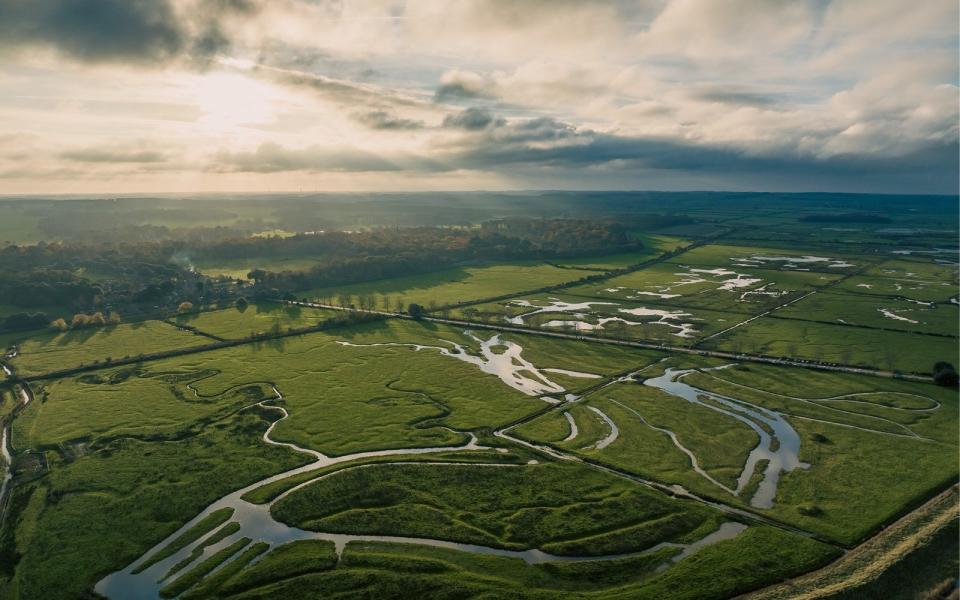
Still, the unusual circumstances make a particularly heavy-set, long-necked bird seem all the more exotic. It is almost one meter high and stands on sturdy black legs. Its plumage is pure white, except for a dusting of saffron on its chest. Its dark beak flattens into a spatula with a bronze tip, with which the bird dips into the water and moves back and forth in search of sticklebacks. The movement enlivens the shaggy tip of plumes that rise from the back of its head, causing them to bounce around like a feathered firecracker.
The bird is a spoonbill: an unusual sight in Britain at the best of times, and this one looks pristine in its breeding finery. I’m in the Holkham National Nature Reserve, whose vast expanses of coastal wetlands have become home to the first (and largest) colony of these birds in some 300 years. Unlike the little cattle egrets and great egrets that also breed at Holkham, spoonbills did not arrive here due to climate change-induced range expansion; they were part of Britain’s native avifauna until the 17th century, when they became extinct due to hunting and habitat loss.
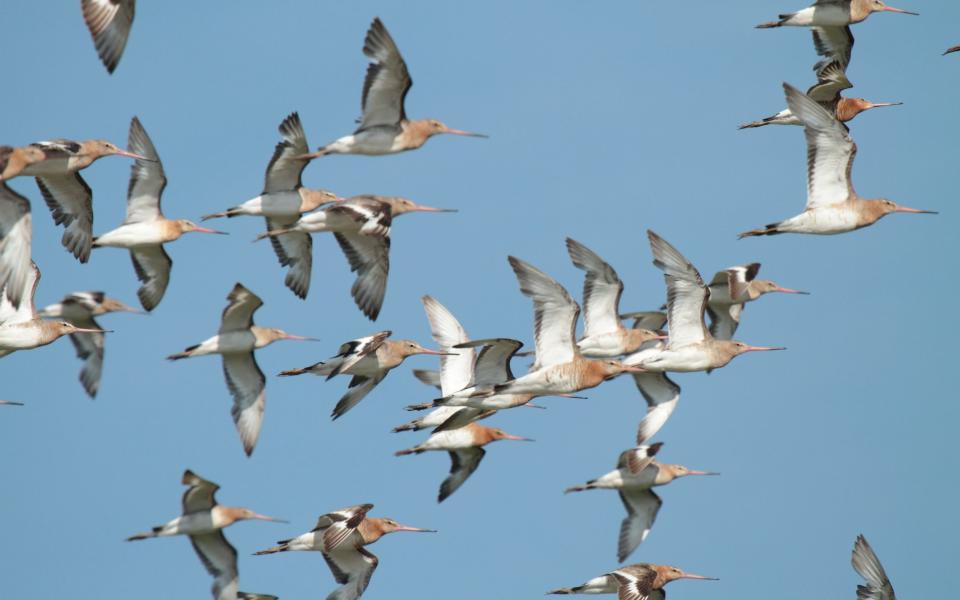

This afternoon I join Holkham’s senior director, Andy Bloomfield, as he explains how the recolonization of the spoonbills came about. “This is due to the recovery of the population in France and the Netherlands,” he explains. “For decades spoonbills were recorded in Britain only as vagrants and stragglers from the mainland, but increasingly so over the years. A few attempted to breed elsewhere in England before ours became the first successful colony. From the original Holkham pioneers in 2010, numbers have grown to 46 nests last year, producing no fewer than 90 fledged young.”
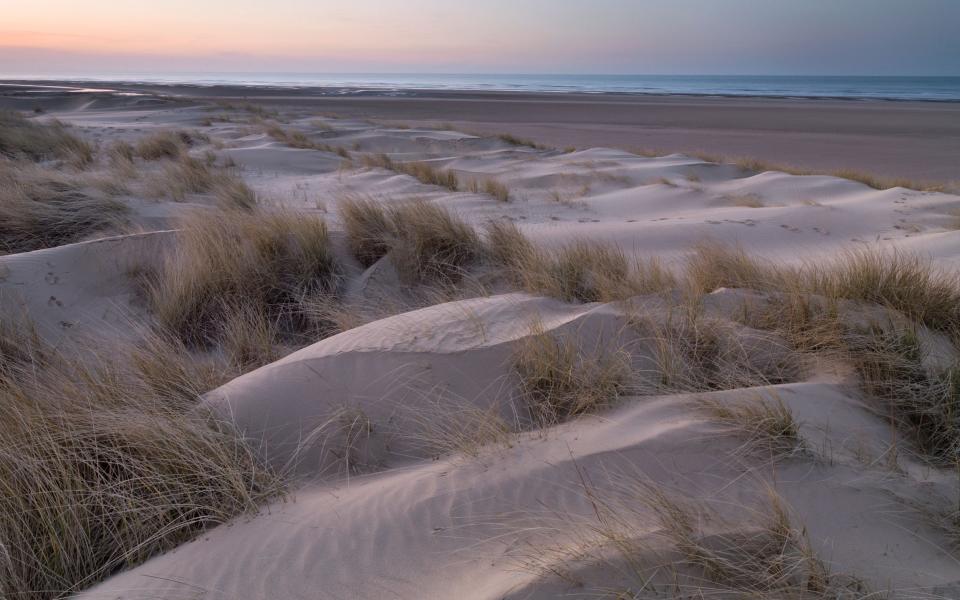

Although the clump of willows where the spoonbills nest is strictly off-limits, Andy takes me to a nearby lookout point where a new refuge (opening this spring) will offer visitors up-close encounters. “They made their nest early this year,” he says. “The first chick emerged on April 1, so there will be a lot of activity over the coming months as the adults bring food – called teaspoons – to their young until they leave the nest and gather in these pools.”
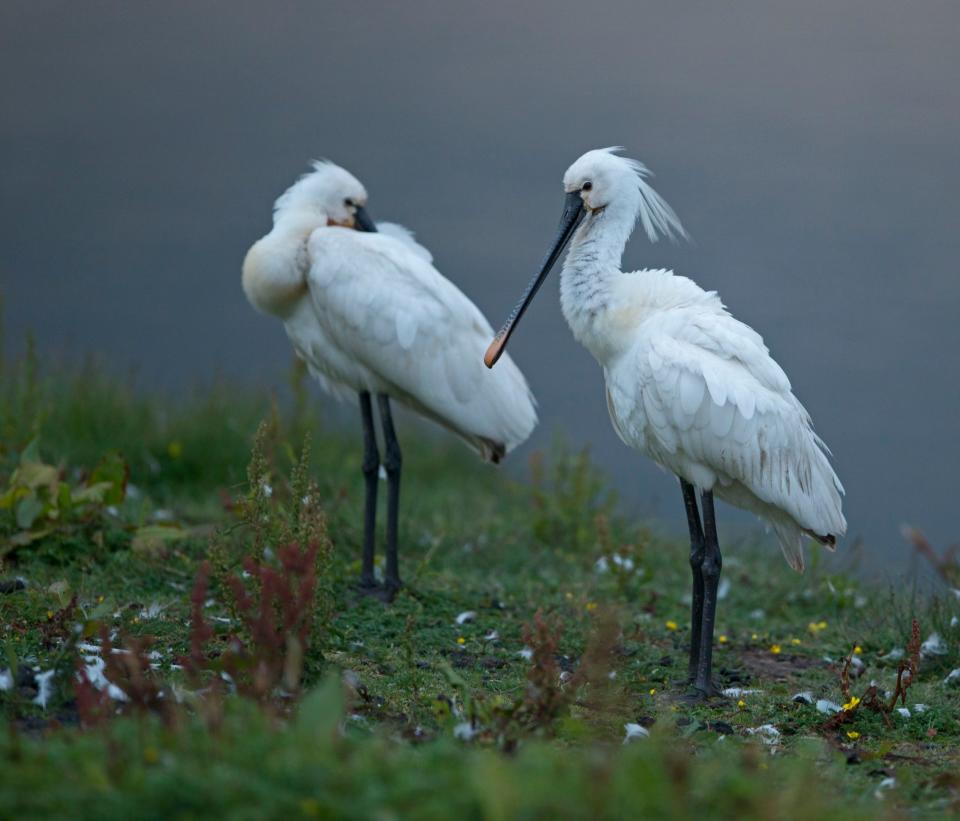

From the viewpoint we can see the tops of the willows in which the spoonbills nest, shielded by the grassy remains of an Iron Age fort. There are herons and egrets hidden among them, along with a handful of cormorants in the branches of a long-dead oak tree. As Andy predicted, adult spoonbills come and go regularly, taking turns breeding with their partners or returning with crops full of food for their offspring.
We watch them for a while until the cold becomes uncomfortable. I say goodbye to Andy and head to The Victoria – the Holkham Estate country pub – to warm up. As well as ten cozy guest rooms (plus another ten in the adjacent Ancient House), the handsome stone and brick building has an excellent restaurant whose windows look out onto the marsh on the other side of a neatly clipped hedge.
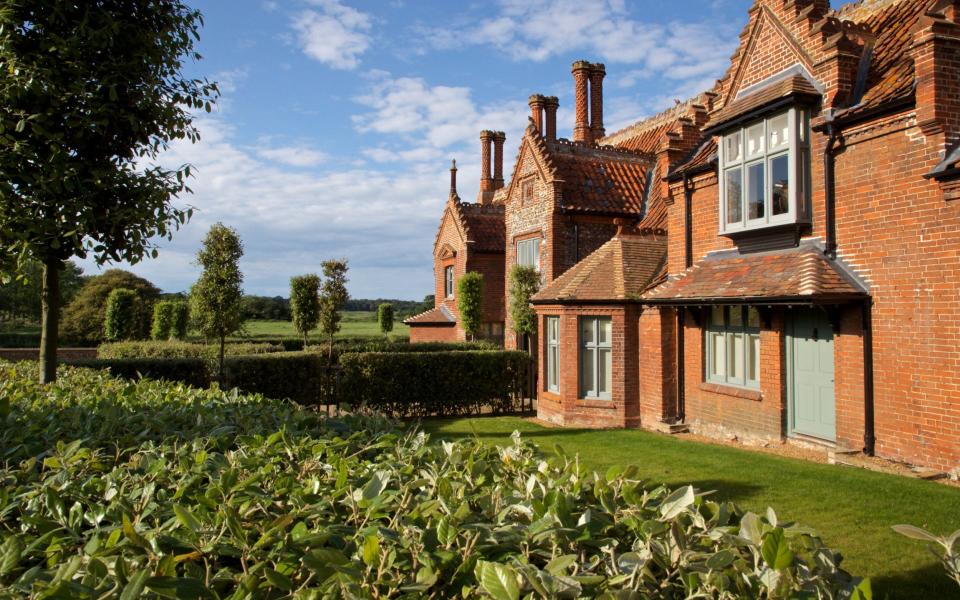

What gives it extra personality is the fact that the menus are made almost exclusively from Norfolk ingredients, with seafood from further afield in Wells and meat, game and vegetables from the garden from here on the Holkham Estate. It is remarkably refined (dinner starts with an amuse-bouche) and all the more enjoyable because of that view: a kaleidoscope of fresh spring vegetables.
The next morning I enjoy a hearty breakfast and head out for a walk along Holkham Beach, descending half a mile down Lady Anne’s Drive from The Victoria to reach the pine and dune covered stretch of silvery sand. A signature highlight of the Norfolk coast, it is beautiful at any time: but never more so than at low tide, when it expands into a vast, empty area strewn with shells and decorated with ripples left by outgoing waves.
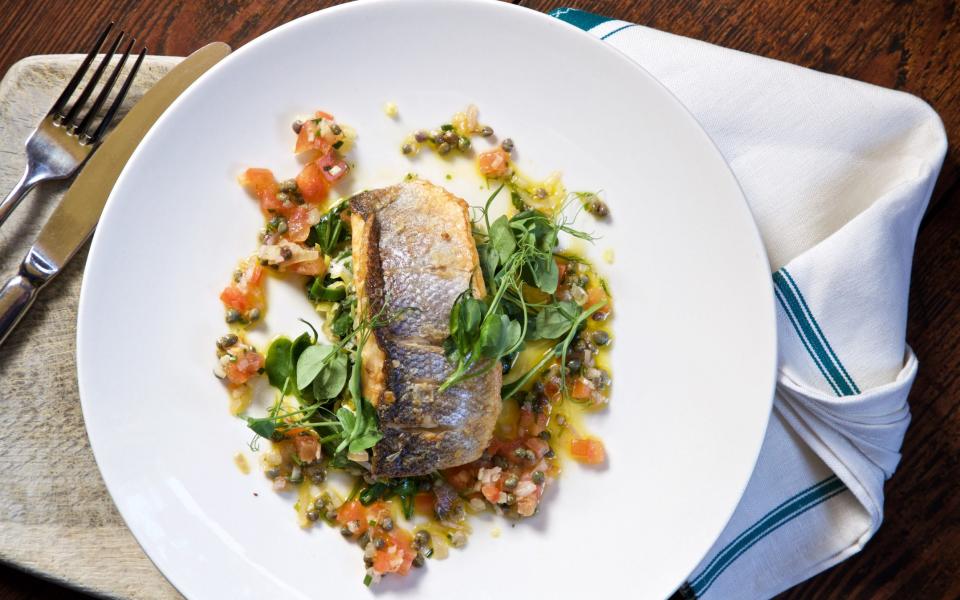

I head for the coast and head east, the wind stirring the dry sand into wisps that blow around my boots like naughty blades. Parts of the beach are fenced with signs politely asking visitors to keep dogs on a leash to protect ground-nesting shorebirds; but with the cold coming in from the sea, it certainly doesn’t feel like a good place to hatch eggs.
As if to accentuate the unusualness of it all, a group of stone-black Brent Geese flies in and settles on the sea. Clearly, these winter visitors have not yet felt the pull of their breeding grounds. Further on, a row of beach huts stands empty and uninhabited. The only beachgoers today are a group of seals being pulled across a canal, oblivious to the cold as they wait for the tide to come back in.
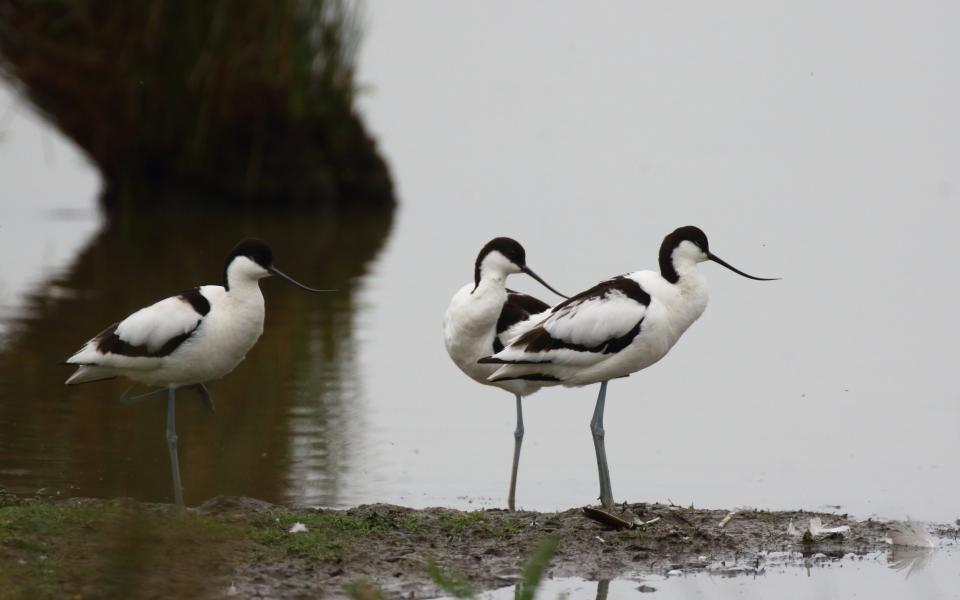

I leave this wintery coast behind and return to The Victoria via an inland route, sheltered from the elements by the pine trees. Hawthorns and hogweed along the path are in full bud and waiting for warmer days to bring them into bloom. Soon their white petals will speckle the hedges and there will be a full soundtrack of summer birdsong. The long-awaited sunshine will be welcome when it comes.
How to do that
The nearest stations are Sheringham and King’s Lynn, with reliable onward connections via the Coasthopper and Coastliner buses. By car follow the coastal road A149.
The Victoria in Holkham has double prices from £190 per night, including an excellent breakfast.
More information at www.visitnorthnorfolk.com